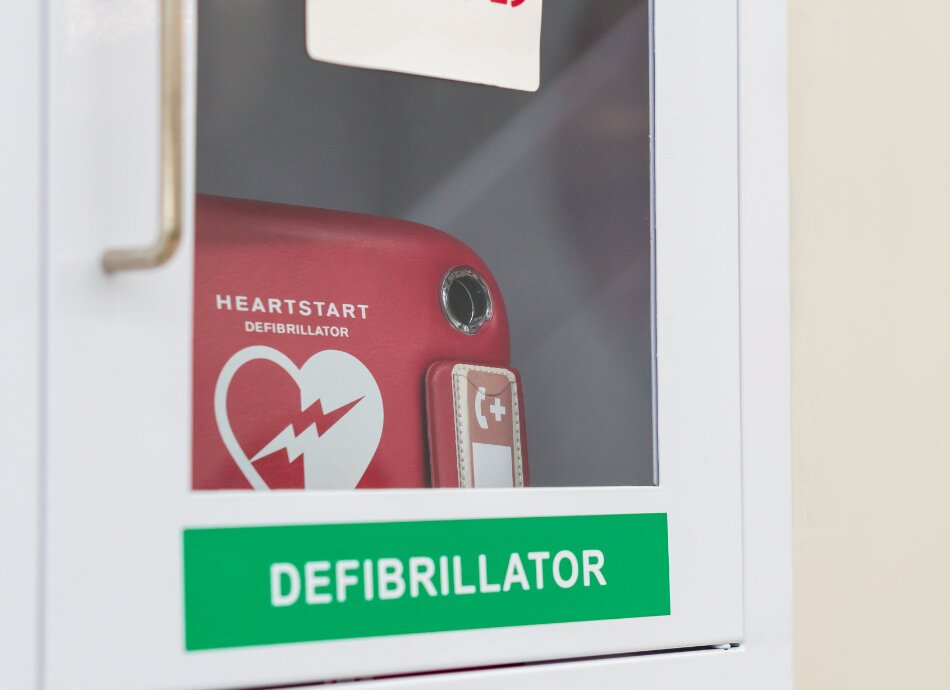- SCA occurs when the electrical system of the heart becomes chaotic, causing it to stop beating effectively.
- SCA is not the same as a heart attack. SCA is an electrical problem whereas a heart attack is a blood circulation problem.
- SCA is one of the leading causes of death in Aotearoa New Zealand and can happen to anybody, anytime and anywhere.
- Each year more than 2,000 New Zealanders are treated for SCA away from a hospital.
- Early defibrillation, along with CPR, is the only way to restore the victim’s heart rhythm
Low or no data? Visit zero.govt.nz, scroll down the page then click on our logo to return to our site and browse for free.
AEDs – what you need to know
Key points about AEDs – what you need to know
- An AED is a portable, emergency medical device used to help somebody experiencing sudden cardiac arrest or SCA.
- AEDs can be used by members of the public without any medical training as they contain clear instructions for use.
- AEDs analyse the person’s heart rhythm and, if necessary, deliver an electric shock (a defibrillation) to help the heart get back to its natural rhythm.
- Having an AED nearby can mean the difference between life and death for someone experiencing SCA.
- If a person receives treatment from an AED, along with CPR before an ambulance arrives, their chance of surviving is much greater.

Modern AEDs can be used by people who have no medical knowledge or training. They use simple voice and visual instructions so they can be used safely and effectively. You can watch a St John video(external link)(external link) showing you how to use one. The basic steps are:
- call an ambulance
- begin CPR
- get the AED and turn it on
- remove clothing from the patient’s chest
- remove the protective cover on the AED
- take out the white, adhesive pads
- peel the pads and place them on the patient’s chest
- stay clear of patient and press the flashing button
- a shock will be delivered
- resume CPR.
Often you will see an AED located at a workplace, school, supermarket, gym or public place such as a swimming pool, community hall or sports ground.
If you can’t find an AED, there’s a handy website(external link)(external link) that shows you the location of AEDs around the country. Just type in your location and the website will tell you where the nearest AEDs can be found. Or you can download an app to locate the nearest AED here.
When a person experiences SCA, there’s a series of events, called the Chain of Survival(external link)(external link) that will make it more likely that the person can survive the SCA.
The six links in the Chain of survival are:
- Recognise the symptoms – check for a response (eg, ask them “can you hear me?”) and check for a pulse.
- Dial 111 and ask for the ambulance.
- Start CPR.
- Attach defibrillator – follow instructions on the AED.
- Wait for the ambulance – continue CPR.
- Hospital – person is transferred to hospital.
- About AEDs(external link) St John, NZ
- AED Locations(external link) NZ
- Chain of survival(external link) St John, NZ
Credits: Healthify Editorial Team
Last reviewed:
Page last updated:





